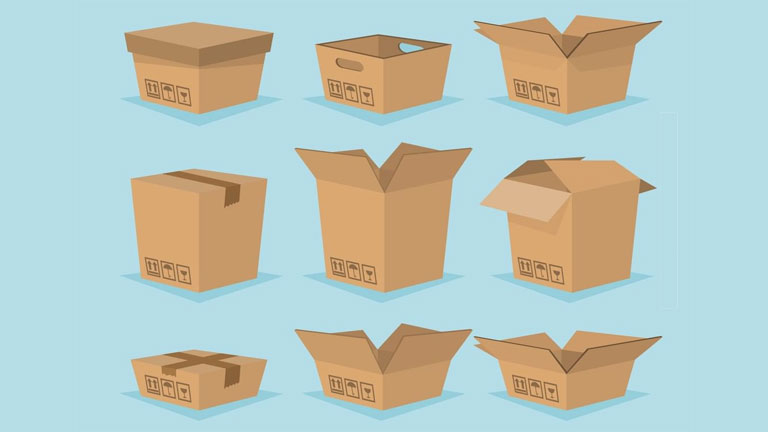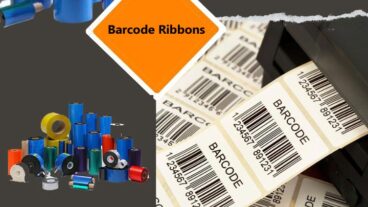When you’re putting your products out there, how you package them is a big deal. Packaging doesn’t just keep your items safe; it’s often the first thing people notice, so it’s like your brand’s handshake. You want to choose packaging that makes your products stand out and get to customers in one piece. In this talk, we’re gonna cover the basics you should think about, from materials to design, and keeping it affordable.
Know Your Product
Before diving into the world of wholesale packaging, take a step back and get to know your product inside out. Understanding your product’s size, shape, and fragility will be the foundation for making the right packaging choices.
Size Matters: Measure your product accurately. You don’t want a packaging solution that’s too big or too small, as it can lead to wasted materials and increased shipping costs.
Fragility: Determine how delicate your product is. Fragile items might require extra padding or cushioning to ensure they arrive intact.
Weight: Consider the weight of your product. Heavier items may need sturdier packaging to prevent breakage during transit.
Materials Matter
Choosing the right materials for your wholesale packaging is a crucial step. The material you select should align with your brand’s values, protect your product, and be cost-effective. Here are some common options:
Cardboard: Cardboard is flexible and good for the environment. It’s great for shipping and you can pick the right strength based on what you’re selling.
Plastic: Plastic is strong and clear, which is cool if you want people to see your product. But, it’s not the greenest choice.
Paperboard: This is a bit like cardboard but thinner. It’s good for light things like makeup or candy.
Eco-Friendly Choices: More people care about the environment now, so there’s a push for materials that don’t harm the planet. If that sounds like you, there are some good options out there.
Branding and Design
Your packaging is an extension of your brand. It’s often the first thing customers see, so it should leave a lasting impression. Here’s how to make your packaging stand out:
Consistent Branding: Ensure your packaging design aligns with your brand’s identity, including colors, fonts, and logos.
Unique Features: Consider adding unique features like embossing, foiling, or custom die-cut shapes to make your packaging distinctive.
Informative: Include essential information on your packaging, such as product details, usage instructions, and contact information.
Sustainability: If your brand promotes sustainability, reflect this in your packaging design. Use eco-friendly graphics and messages to convey your commitment to the environment.
Functionality
Packaging isn’t just about looks; it should also serve a functional purpose. Here are some considerations:
Ease of Use: Ensure your packaging is easy for customers to open and access the product. Frustrating packaging can lead to negative reviews and customer dissatisfaction.
Protection: Your packaging should provide adequate protection for your product during transit and storage. Consider using inserts, bubble wrap, or foam to safeguard fragile items.
Storage: Think about how your product will be stored both in your warehouse and by customers. Stackable and space-efficient packaging can save you storage costs.
Cost-Effectiveness
Balancing quality and cost is essential in wholesale packaging. Here’s how to make sure you’re getting the best value for your money:
Bulk Ordering: When buying wholesale packaging, consider ordering in bulk to take advantage of volume discounts. This can significantly reduce your per-unit packaging cost.
Comparison Shopping: Don’t settle for the first packaging supplier you come across. Shop around and compare prices, quality, and delivery times from multiple suppliers.
Custom vs. Stock Packaging: Custom packaging can be more expensive upfront but offers a unique look. Stock packaging is more budget-friendly but may not be as distinctive.
Shipping Costs: Factor in shipping costs when evaluating packaging options. Lightweight packaging materials can reduce shipping expenses.
Sustainability and Environmental Impact
With the growing concern for the environment, many consumers are looking for sustainable and eco-friendly packaging options. Here’s how to make environmentally conscious choices:
Recyclable Materials: Opt for packaging materials that are easily recyclable, such as cardboard or paperboard.
Biodegradable Options: Consider using biodegradable packaging materials that break down naturally without harming the environment.
Minimalist Design: Reduce unnecessary packaging elements to minimize waste. Simple, minimalist designs can be both eco-friendly and appealing.
Communicate Sustainability: Highlight your commitment to sustainability on your packaging to attract environmentally conscious consumers.
Supplier Selection
Choosing the right supplier is as important as selecting the right packaging materials. Here are some tips for finding a reliable supplier:
Reputation: Research the supplier’s reputation by reading reviews, checking references, and asking for samples of their work.
Quality Control: Inquire about the supplier’s quality control processes to ensure consistency in the packaging materials.
Lead Times: Consider the supplier’s lead times and production capabilities. Timely delivery is crucial to meet your product launch or restocking deadlines.
Communication: Establish clear communication with the supplier to address any concerns, changes, or issues that may arise during the packaging process.
Conclusion
When you nail your packaging, it’ll not only do its job but also boost your brand’s reputation!



